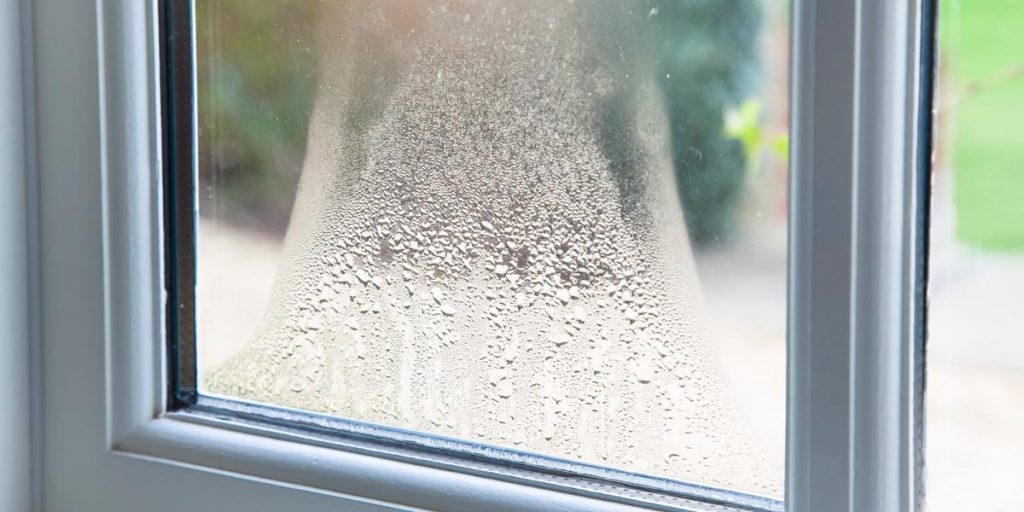Condensation on the inside of your windows often results from a moisture issue, which can lead to mold formation. But what if the condensation is on the outside of your window? Is there cause for concern then?
Others are reading now
What is Condensation?
Condensation is the opposite of evaporation: it’s the phase transition from vapor to liquid. The droplets on the inside of your windows were initially in the air as water vapor. The cause is a high indoor humidity level. The culprits: often poor ventilation or another moisture problem.
Where Does Condensation Occur?
Condensation forms on the coldest surfaces in your home. Since windows often are the weakest link in terms of insulation, they are the logical victim. But what if the condensation is on the outside of your glass? A phenomenon that mainly occurs in the morning, after a cold night. Well, that’s a sign that your windows are well insulated!
Good News
The lower the U-value (the amount of heat lost per m² per degree of temperature difference), the greater the chance of condensation forming. The logic behind this? Double and triple glazing have a pane on the inside and on the outside. The one on the inside is in contact with your indoor climate; the one on the outside with the outdoor temperatures.
Also read
During a chilly night, your glass on the outside cools down significantly. And what happens when it warms up outside in the morning combined with high humidity? That moisture condenses on the glazing… and forms condensation. Which often also disappears quickly.
Our Conclusion?
Condensation on the outside of insulating glazing is normal. There’s nothing wrong with your windows, and it’s not a construction error. Building with an architect? Then discuss with them how to minimize the risk of external condensation formation. Working without an architect? Bring this up with your window supplier.


